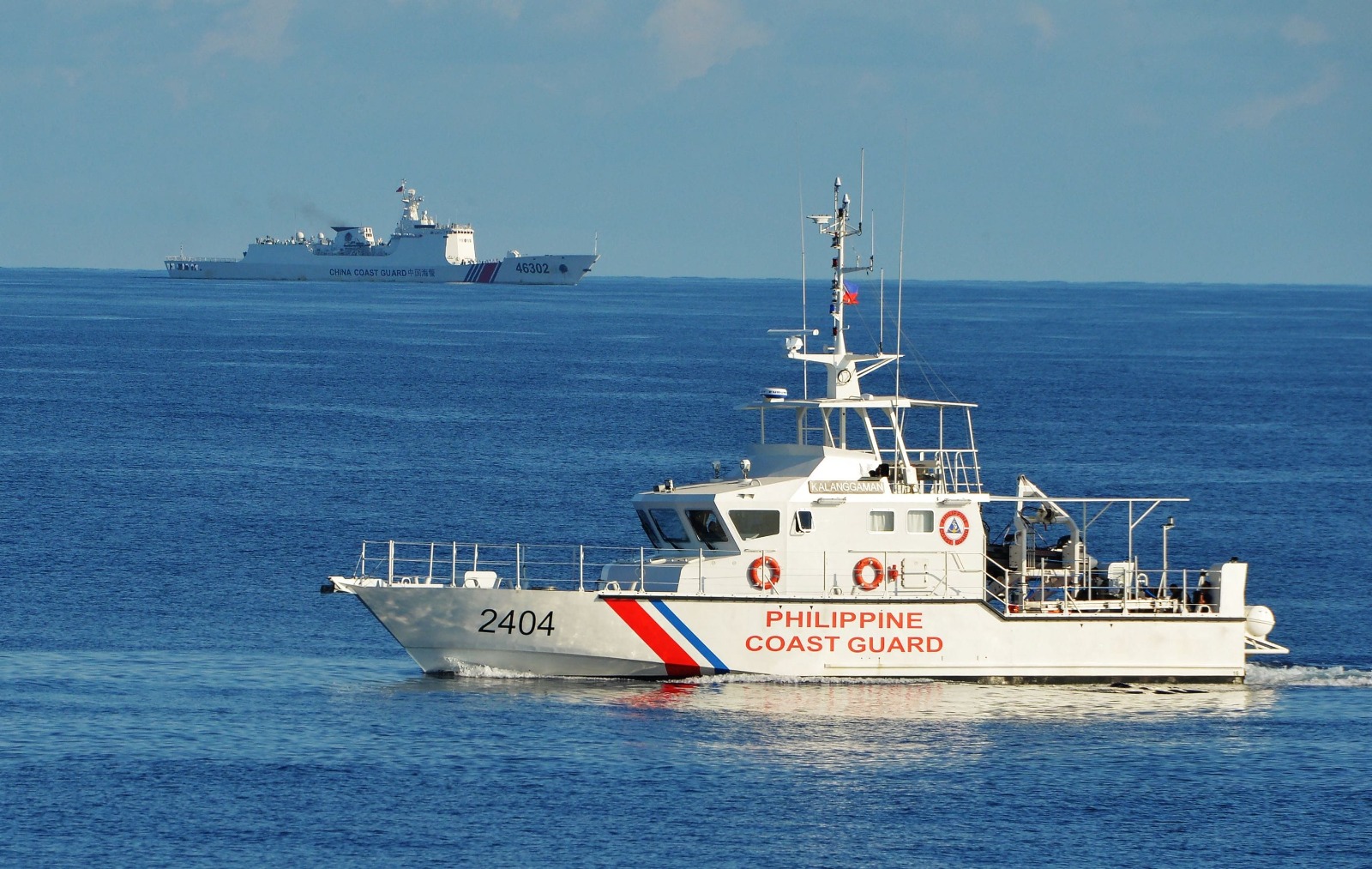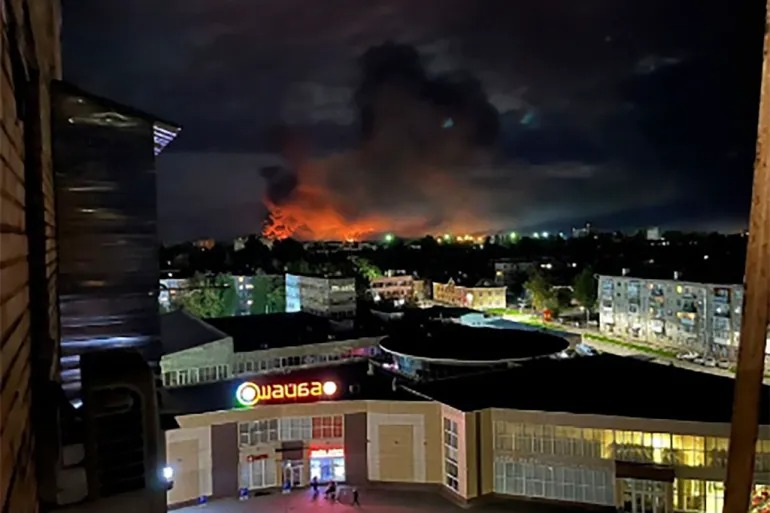In the midst of turbulent weather, Benjo Atay, a Filipino fisherman from Palawan, faces a challenge far more ominous than wind and rain. His small bamboo boat, manned by a crew of mostly family members, navigates the treacherous waters of the South China Sea, where they are not alone. As Chinese ships loom, Atay and his crew fear for their safety. “The Chinese ships circle us and shadow us,” Atay says, recounting the harrowing encounters. “When we are anchored… they would force us to leave. They would get rid of us.”
Rising Tensions in the South China Sea
The Philippines finds itself at the epicenter of a tense territorial standoff with Beijing in the South China Sea. China’s recent issuance of a map reasserting its claim to over 90% of the sea has sparked outrage among neighboring nations. Previously, Manila may have responded to China’s actions with caution, but recent events have emboldened the Philippines.
Strengthening Alliances and Defiance
In recent months, the Philippines has strengthened its ties with the United States, providing access to key military bases and hosting large-scale joint military exercises. The Philippines has also vocally condemned Beijing’s aggressive actions in the South China Sea. This shift in approach has been underscored by President Ferdinand “Bongbong” Marcos, who has aligned closer with Washington than his predecessor. The Philippines is determined to defend its territory and resources in the face of China’s claims.
Challenges and Support in a Complex Standoff
While the Philippines stands resolute, challenges persist. The Ayungin shoal, a remote area that the Philippines won in an international court ruling in 2016, remains a focal point of tension. China has employed water cannon and lasers to deter Philippine vessels from accessing the shoal. However, the Philippines remains undeterred, as access to the shoal is crucial for its control over nearby Reed Bank, which holds valuable reserves of oil and natural gas.
As this David-versus-Goliath conflict unfolds, the Philippines remains determined to protect its vital resources. Yet, China sees the situation differently, claiming that the Sierra Madre, a grounded Filipino warship, violates its sovereignty. Diplomatic efforts to resolve the issue have faltered, with no meeting of the minds in sight. Unlike its predecessor, the current Philippine administration has chosen a more confrontational approach toward China’s actions in the South China Sea. With US backing and support from allies like Japan and Australia, the Philippines is signaling its commitment to challenging China’s aggressive behavior. While international support bolsters the Philippines, it also raises concerns of escalating tensions. The risk of miscalculation in these sea skirmishes is ever-present, given the proximity of numerous nations to a rival force. For the Philippines, the support comes with both benefits and risks, as the dispute threatens to intensify.
Amid this geopolitical struggle, the fate of Palawan’s fishermen hangs in the balance. Despite the allure of bountiful catches in the disputed waters, many, like Benjo Atay, fear for their safety. Their future depends not only on the resolve of world leaders but also on their ability to continue their way of life in these turbulent seas.
















